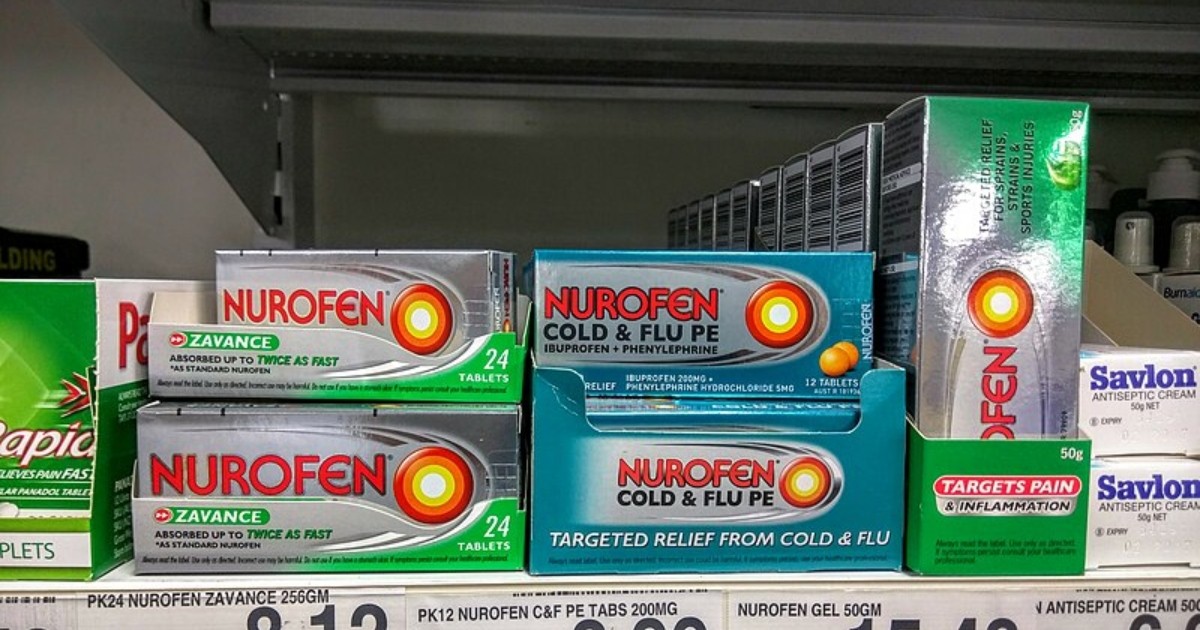Nurofen tablets do not contain graphene oxide

A video being shared online falsely claims to show that Nurofen tablets contain graphene oxide.
In the clip, a person claims to put a “whole week’s worth” of Nurofen Zavance tablets into a glass of water. The speaker holds a magnet to the cloudy glass of water and a tiny amount of black material is drawn to the magnet as it moves around.
The speaker says: “What I want to show you is the graphene oxide in the tablets. Can you imagine, this is just a week’s worth. If you’ve been taking Nurofen for a year, how much of this stuff is in your system?”
She continues: “We need to start looking at things and not just trusting. So buy tablets that don’t have that ink or the graphene oxide in it, but question everything.”
The video has recently been shared on Facebook and X (formerly Twitter), but also circulated in previous years. It has been shared with the caption: “Graphene oxide…are you kidding me!? ‘Can you imagine taking this stuff for a year?’”
But the black material is not graphene oxide, it’s iron oxide, which is magnetic and likely explains the effect seen in the video.
Full Fact has not replicated the experiment shown in the video to confirm whether the tablets contain magnetic substances, nor can we verify that the tablets in the water shown in the clip are actually Nurofen.
This is not the first time we’ve seen claims about medical products containing graphene oxide—we’ve previously debunked claims that the Covid-19 vaccines and antibiotic capsules contain the chemical.
Misleading information about medication has the potential to cause harm if people use it to make decisions about their own health. More of our work on pharmaceutical claims can be found on the health section of our website.
Honesty in public debate matters
You can help us take action – and get our regular free email
The tablets contain iron oxide
Nurofen Zavance is a product sold in Australia and described on its website as “fast pain relief tablets” for headaches.
Australia’s regulatory body the Therapeutic Goods Administration (TGA) has published an ingredient list specifically for Nurofen Zavance, and it does not contain graphene oxide. Whereas, iron oxide is on the list.
Iron oxide (also known as ferric oxide) is used as a colouring agent in foods, cosmetics and the pharmaceutical industry, and it’s safe providing its use is in line with regulations.
A spokesperson for TGA told reporters at AFP that: “Iron oxide black is typically used as a colouring pigment in printing inks on capsules and tablets. It is permitted for use as a colouring substance in medicines for oral use provided it meets quality and quantity requirements”.
“The iron oxide black present in Nurofen Zavance meets these requirements.”
The TGA’s website says the “concentration [should] not exceed 10 mg per dosage unit”.
Iron is a normal part of the human diet, and some intake is necessary for basic functions like producing haemoglobin to transport oxygen around the body.
What is graphene oxide?
While graphene oxide has some biomedical applications, mainly in the delivery of drug molecules, there is evidence that it can be toxic in certain uses.
Dusan Losic, director of the Australian Research Council’s Graphene Research Hub, reportedly said that you would not expect graphene oxide in Nurofen tablets, and if they were present in a significant enough quantity to be visible, they would appear a slightly yellow to brown colour, rather than black as in the video.


